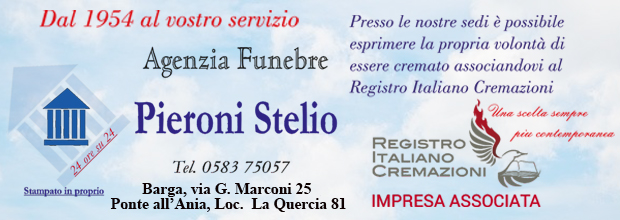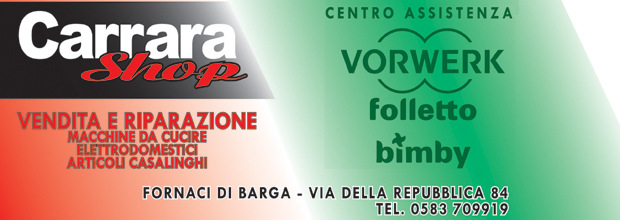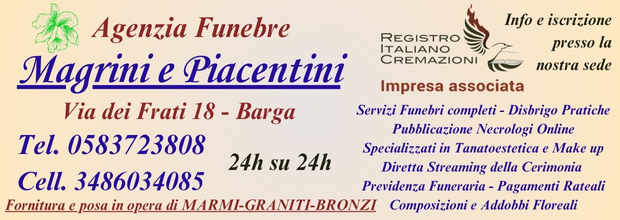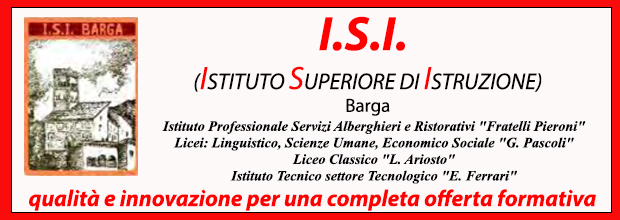TOSCANA
Tra compositori e poeti
Tuscany is my adopted region.
I live between Lucca, on a hill overlooking the town, and Garfagnana (Serchio Valley) on the mountain of Barga in a restored stone house in the forest.
Lucca is an artistic town, closed by a ring of medieval walls, on which people walk or sit in the shadow of centuries old plane trees. Here the great lyric composer Giacomo Puccini was born, and every year, in summer, his operas are performed in Torre del Lago Puccini, the village where Puccini lived. In a open theatre on the lake listening to La Bohème in the sunset is an almost mystical experience.
Instead, of Barga fascinates me the landscape between the mountains and its artistic vitality, first of all the of the repertoire of the famous poet Giovanni Pascoli and the international festival Jazz ruled every august. Positioned between Lucca and the Garfagnana, Barga is one of the most beautiful villages in Italy. Even today we can walk through the narrow streets in the shadow of large buildings, which the nobles and merchants of the past erected without saving. In 1272 Barghesano di Bonaventura invented the first spinning, kicking off the weaving and the silk trade, by merchands. Barga is nestled in the Apennines, and its Duomo dominates the Apuane Alps on which you may see a beautiful sunset.
At the end, you can live all this marvellous territory of Lucchesia bordered on the West by the sea, where the renowned area of Versilia offers well-organised beaches, and on North by the wild and mountanouse land of Garfagnana, with its romantic landscape. Spend a day at the seaside, having a swim in the Tirreno sea and a drink on the promenade of Viareggio breathing in its Twenty’s atmosphere, and the day after visit Barga and Garfagnana, the land of farro. Farro is the grandfather of wheat. The best one is grown on hand cultivated mountain terraces, surrounded by chestnut bushes. For trekking lovers Garfagnana would be an exhilarating experience, along the paths that traverse the rocky, dramatic scenery of the Alpi Apuane Natural Park, or the woody Appenines.
I always have wine in my kitchen, both for cooking and drinking. Very important is the synergy between music, wine and cooking to obtain the best results. Cooking fish requires a Beethoven symphony, with a sparkling wine. Meat and vegetables meet well with a Mozart flute concerto or with ethnic music, accompanied by a glass (and one only) of red wine. Cook pasta and desserts only with Puccini opera, drinking white wine or a chilled Martini cocktail….try to believe it !
FARROTTO
I am sure that you know risotto, but you certainly don’t know farrotto. As I explained previously, farro is the ancestor of wheat but richer in dietary fibres and with a strong character, like the people of Garfagnana. It is a high quality product, controlled and certified as “protected product of small quantity”. Once a time I cooked farrotto for some Danish people. It was so successful that a Danish fish producer gave me some excellent smoked salmon in order to have a taste of farrotto…..it was a very good deal for me! I love the culture of barter.
Farro is ideal for cooking with fresh and seasonal vegetables, mushrooms, salmon and….with some imagination lots of other stuff!
200 gr. of farro
1 onion
stock
50 g pecorino cheese
mixed vegetables: potatoes, carrots, capsicum, tomatoes
Brown the sliced onion in oil, add farro letting it toast for a few minutes. Add 2 cups of hot broth, salt and pepper. Stir often with a wooden spoon. Add stock slowly as it dries out. After 15/20 minutes add vegetables and the rest of the stock. Cook like risotto.
Before serving add small cubes of pecorino cheese. If you cook the salmon you must use butter instead of pecorino. Stir well before serving.
CACCIUCCO ALLA LIVORNESE OR ZUPPA ALLA VERSILIESE
There was no winner in this competition, of which I was arbiter three years ago in the village of Montecarlo. It’s only a different style of preparing fish. Whole fish for Caciucco , purée fish for Zuppa . Choose your favourite method !
When you cook Caciucco alla Livornese you are in a bustling harbour on the Tirrenean Sea in the sixteenth century. In front of you sailors are coming ashore to spend days in town finding women and good food. When you cook Zuppa alla Versiliese you are at the beginning of 1900, along the beaches between Viareggio and Forte dei Marmi. In front of you the same sunset colours of Tiepolo’s paintings.
150 g tomatoes
1 garlic
pinch of parsley
black pepper
3 tablespoon oil
1 chilli
1,5 kg fresh fish (scorpion, piper, smooth hound, dog fish, conger eel, cuttlefish, octopus, sand shrimp or mussels)
Clean the fish. Put garlic and oil in a large saucepan . When the garlic is brown put in the tomatoes or tomato sauce, salt, pepper, parsley. Let the sauce cook for 10 minutes. Add the small fish and let them cook until the heads and the bone may be separated from the fish. Remove and strain the fish to obtain a cream, that will be rich in the taste of piper and scorpion. Cook the large fish in this sauce for half an hour, adding hot water or white wine. Serve with toasted slices of rubbed garlic bread.
ARISTA
This is a very peasant dish, typical of the Chianti area, where pigs chomp tasty acorns from the hedges bordering the farms.
The University of Florence is trying to save from extinction an ancient local breed of pig, the Cinta Senese, which gives an excellent meat, suitable for salami.
Arista is a traditional meal that you can find in every “osteria”, or in traditional restaurants. It is particularly good in winter time, immediately after the pigs have been slaughtered.
1 kg pork fillet “with bones”
6 sprigs of rosemary
1 clove of garlic
oil
100 g butter
Separate the meat from the bones. Mix together garlic, rosemary, salt and pepper and amalgamate with the butter. Grease the bones with this mixture. Tie the meat to the bones and spread the mixture on the meat. Oil a baking tin and bake in a preheated oven to 180 ° for 40 minutes, pouring the meat juice on the meat to prevent it drying.
Slice the arista and serve hot or cold.
ZUPPA DI CECI ALLA TOSCANA
In Piedmont, which suffers from winter frosts, chickpeas are cooked with pigskin. However in Tuscany, where the climate is less severe, we use tasty rosemary. Very good, biologically grown chickpears are produced in the areas between Firenze and Arezzo. I buy dried chickpeas and soak them in water the day before cooking. If you don’t have time use the cooked ones.
200 g cooked chickpeas
2 crushed clove of garlic
2 sprigs rosemary
oil
50 g freshly grated parmesan cheese
Brown garlic and rosemary in a saucepan with oil, making an aromatic oil. Put chickpeas in a casserole and cook in boiling water for 30 minutes (2 hours for dried). Add salt. Pour aromatic oil on the chickpeas, stirring gently. Add parmesan and pepper. Serve very hot.
Tag: toscana, My tastes from Italy








Lascia un commento